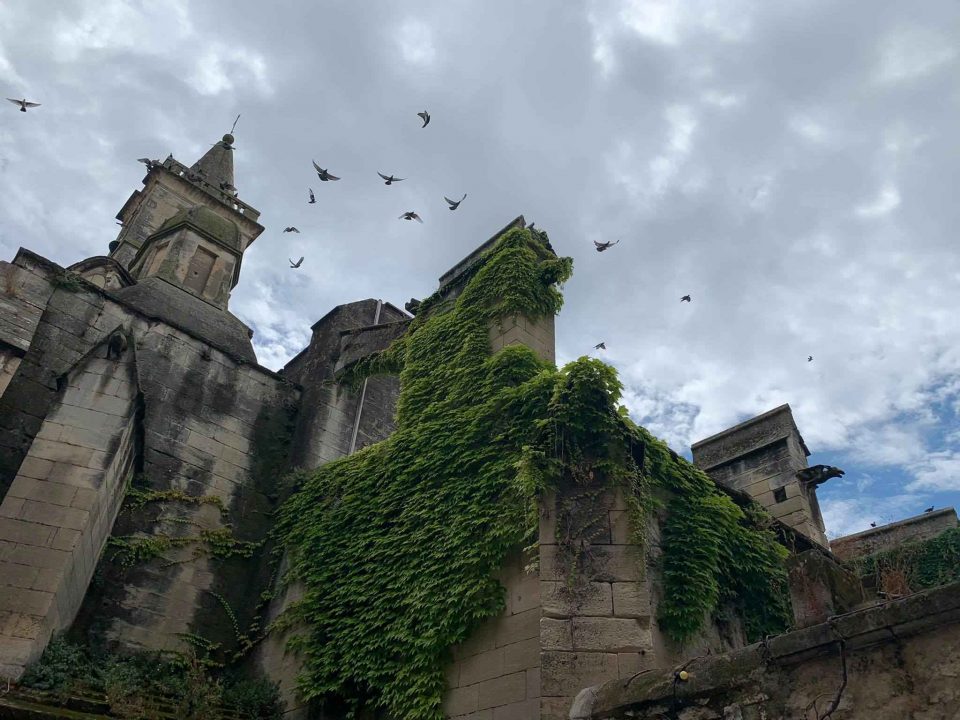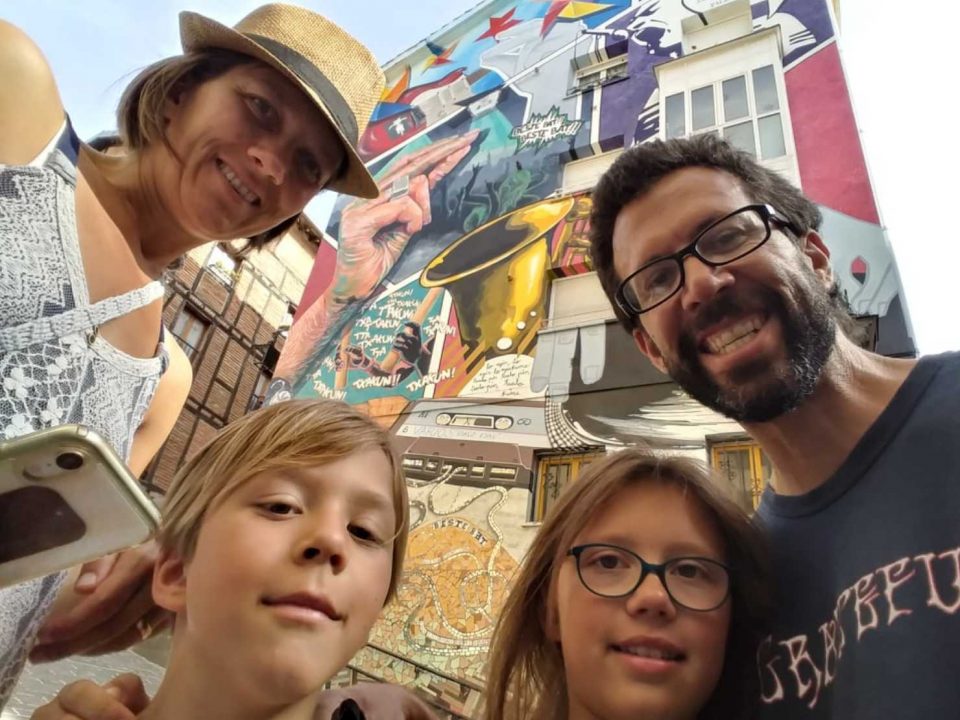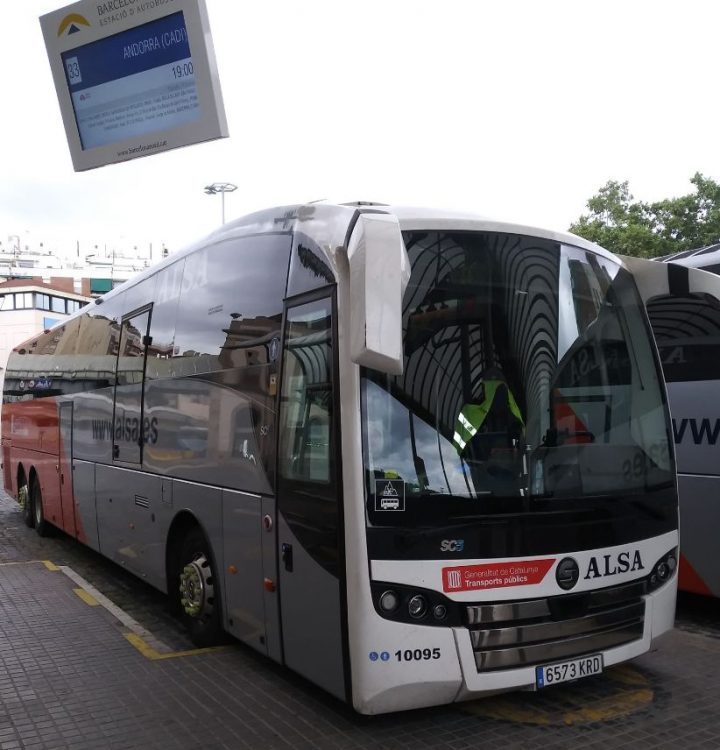
Another fond farewell: The wonders of Westerkappeln
July 29, 2016
Bye-bye Bavaria: Out of the beer mug and into the vineyards
August 10, 2016This week we finally had the opportunity to make like tourists, instead of just the ragtag band of hard-working gypsies we’ve proven ourselves to be in the last three months. After beating a fast path out of Westerkappeln in our new-improved wunder-wagon, we made our first stop in Hanover, the state capital of Lower Saxony, to see the Herrenhausen Gardens.
The royal gardens were every bit as amazing as I remembered them from my visit in 2001, although this time around I brought my entire family, including the two youngsters who were most vociferously opposed to the absence of a playground or an ice cream parlor amidst the immaculate landscaping. Their lack of unqualified enthusiasm notwithstanding, we managed to drag the kids past several impressive fountains and dozens of classical sculptures, and around the many acres of fastidiously manicured gardens. But after an hour or two of baroque perfectionism, we were all ready to storm the city in search of falafel.
I had been optimistic that Germany’s current immigration crisis would have led to a flowering of falafel stands and a hyper-competitive market for middle eastern cuisine, but instead the semitic restaurant scene continues to be dominated by Turks, who may know how to skewer a lamb or wrap a souvlaki, but whose falafels are only second rate. Still, a second rate falafel is better than none at all. So we falafelled up, grabbed some quick ice cream and jumped back on the eastbound autobahn.
Around dusk we pulled into our campground, situated nicely in the thickly wooded Harz Mountains. After a few minutes of prowling around the premises, we were able to track down the campground reception, who was also the head waiter, bartender and maitre d’. Dressed in sneakers, gym shorts and t-shirt, it took a little time for us to recognize his official capacity as manager of the campground. But he turned out to be more than hospitable; the beer was delicious as could be; and the selection of toys, trains and tractors next to the bar was perfectly splendid.
In the morning we proceeded down the hill into the famous town of Wernigerode, a kind of living museum of half-timbered houses. Deep in the heart of Saxon-Anhalt, one of Germany’s most frequently overlooked federal states, Wernigerode boasts a prepossessing castle overlooking the picturesque cobblestone streets. The timber construction of this and a handful of similar medieval towns serves as the model for Disneyworld, Epcot Center and every other kitschy reproduction of an old German burg. Within a half hour of circling the narrow streets, Wernigerode begins to feel something like a parody of itself, and by midday we had had more than our fair share of quintessential German architecture.
From this village of postcards, fairytales and cuckoo clocks, we made our way further east to Dresden, where we had a wedding to attend. From what I knew of the bride and groom, I was expecting a pretty casual and non-traditional affair. My expectations proved mostly spot on, but still I was the only there in flip flops. I should point out that the bride was the only there with a bright red clown nose and Groucho Marx glasses. German weddings are hardly the full scale spectacle you can count on in America, and that comes a something of a relief for most of us. Even so, the selection of wedding cakes served up before dinner was overwhelming. For a minute there I thought I was going to rupture my spleen, but then the vegan buffet restored my digestive equilibrium.
In the westernmost frontier of the Czech Republic, there is a little finger of territory that reaches up to tickle Germany’s southeastern armpit where Saxony wraps around to meet Bavaria. So as we made our away south through Bavaria and toward our next assignment in Austria, we took a short detour to pick up a quick lunch in the modest Czech town of Cheb. Though the name sounds like slang for some mild venereal affliction, Cheb turns out to be a wholesome city with a beautiful central square framed by gabled houses and gothic church towers. (See photo above.) Vegetarian cuisine was hard to track down, but Czech beer, including the original Budweiser pilsner, is famously cheaper than water, so I forced myself to imbibe.
Still headed south, we needed one more tank of gas to take us all the way to Styria, southeast Austria, along the border to Slovenia and the home of our next hosts. Filling the tank, we were delighted to discover a marked improvement in our gas mileage following the minor engine modifications we had performed back in Westerkappeln. While we had earlier been using about 11 liters per hundred kilometers, we were now down to an impressive 8.5 liters per 100 kilometers.
For those of you eager to win the prize—a video of me doing my best Julie Andrews impersonation on an Austrian hillside—you can try to convert liters/100 km into miles per gallon. Unfortunately, I already expended all my mathematical energy calculating to the rate of change in the number of daylight hours over the course of the year and the changing seasons. Words can hardly describe the joy I felt in having finally found an application for the good old sine wave I’d studied back in high school.





